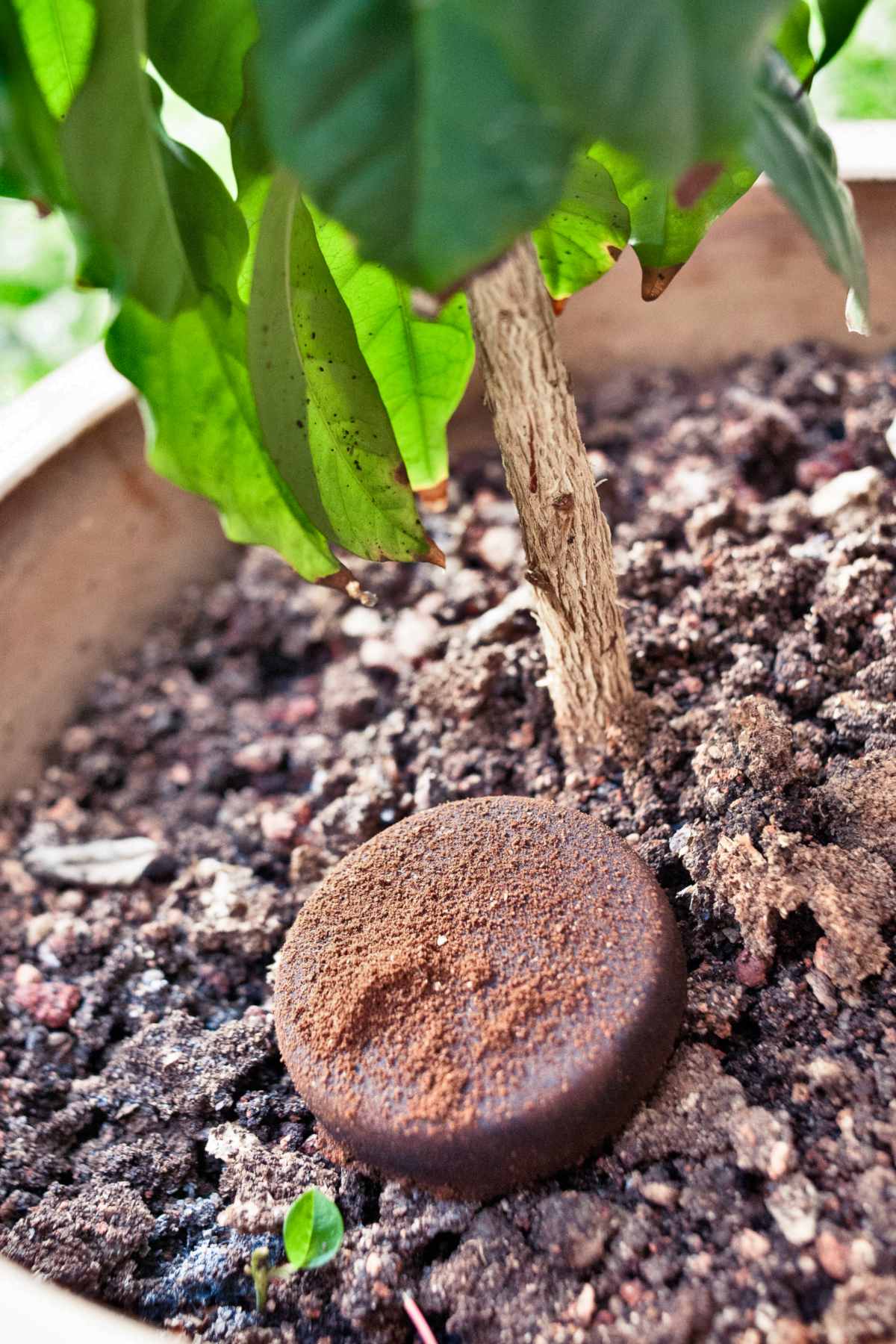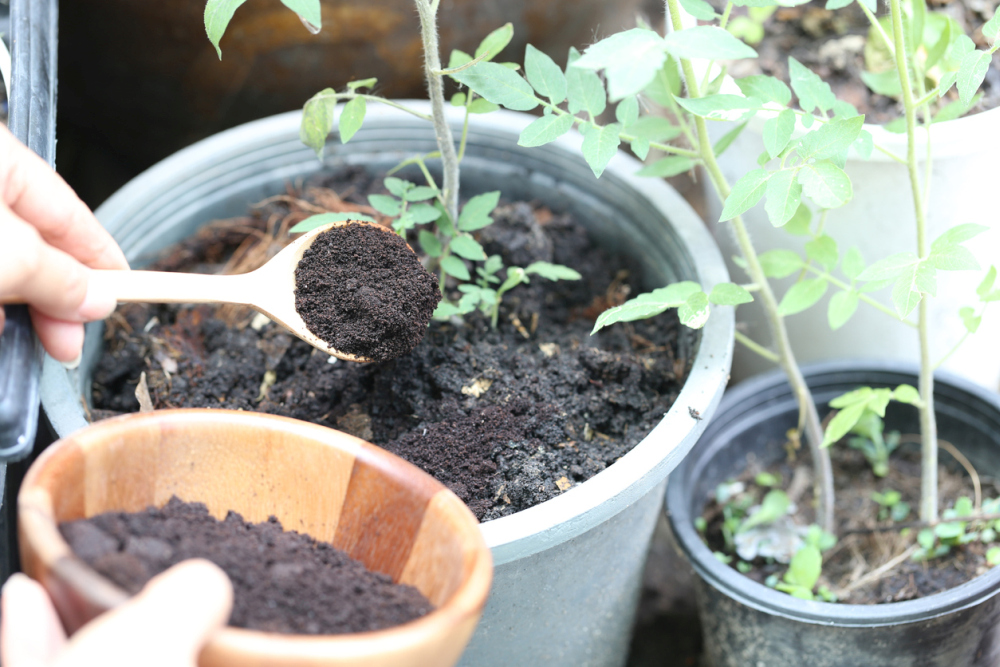Nourishing Your Soil with Coffee Waste
When it comes to gardening, finding natural and effective ways to nourish your soil can be a game-changer. One often overlooked resource is coffee grounds, which can be repurposed as a nutrient-rich fertilizer. By learning how to use coffee grounds in your garden, you can reduce waste, promote healthy plant growth, and create a more sustainable gardening practice. Coffee grounds are rich in nitrogen, phosphorus, and potassium, making them an ideal addition to your compost pile or garden bed. In this article, we’ll explore the various ways to utilize coffee grounds in your garden, from preparation and application to maximizing their benefits.
How to Prepare Coffee Grounds for Gardening
To unlock the full potential of coffee grounds in your garden, it’s essential to prepare them correctly. This involves drying, crushing, and mixing the grounds with other compost materials to create a nutrient-rich soil amendment. Start by spreading the coffee grounds out in a thin layer on a baking sheet or tray, allowing them to air dry completely. This step is crucial in preventing mold and bacterial growth. Once dry, crush the grounds into a fine powder using a mortar and pestle or a coffee grinder. Next, mix the crushed coffee grounds with other compost materials, such as leaves, grass clippings, or vegetable scraps, in a 1:10 ratio. This blend can be added directly to your garden bed or incorporated into your compost pile. By following these simple steps, you can create a valuable resource for your garden, rich in nutrients and ready to support healthy plant growth. When learning how to use coffee grounds in your garden, proper preparation is key to maximizing their benefits.
The Science Behind Coffee Grounds’ Benefits for Plants
Coffee grounds are a nutrient-rich resource that can greatly benefit plants in several ways. One of the primary reasons coffee grounds are beneficial is their high nitrogen content. Nitrogen is an essential macronutrient for plants, and coffee grounds contain approximately 2% nitrogen by volume. This makes them an excellent natural fertilizer for plants, particularly those that are heavy feeders, such as tomatoes and peppers. In addition to their nitrogen content, coffee grounds also improve soil structure by increasing the water-holding capacity and aeration of the soil. This allows roots to grow deeper and access more nutrients, leading to healthier and more robust plants. Furthermore, coffee grounds provide a food source for beneficial microorganisms in the soil, which play a crucial role in decomposing organic matter and making nutrients available to plants. By understanding the science behind coffee grounds’ benefits, gardeners can effectively utilize this waste material to create a thriving and sustainable garden ecosystem. When learning how to use coffee grounds in your garden, it’s essential to recognize the scientific principles that make them such a valuable resource.
Using Coffee Grounds as a Natural Pest Repellent
Coffee grounds have been found to possess natural pest-repelling properties, making them a valuable addition to any garden. One of the most significant benefits of using coffee grounds as a pest repellent is their ability to deter ants. Ants are repelled by the acidity and bitterness of coffee grounds, which can help prevent them from infesting gardens. Additionally, coffee grounds have been shown to repel snails and slugs, which can be devastating to young plants. The abrasive texture of coffee grounds can also help to deter these pests, making it difficult for them to move through the soil. Furthermore, coffee grounds have antifungal properties, which can help to prevent fungal infections from taking hold in the garden. By incorporating coffee grounds into their gardening routine, gardeners can reduce their reliance on chemical pesticides and create a more sustainable and balanced ecosystem. When learning how to use coffee grounds in your garden, it’s essential to recognize their potential as a natural pest repellent and incorporate them into your integrated pest management strategy.
Coffee Grounds as a Mulch: Pros and Cons
Using coffee grounds as a mulch is a popular practice among gardeners, and for good reason. One of the primary advantages of using coffee grounds as a mulch is their ability to retain moisture in the soil. This can be especially beneficial in areas with low rainfall or during periods of drought. Additionally, coffee grounds can help to suppress weeds, reducing the need for herbicides and other chemicals. The high nitrogen content of coffee grounds can also help to promote healthy plant growth, making them an ideal mulch for plants that thrive in nitrogen-rich environments. However, there are also some potential drawbacks to using coffee grounds as a mulch. For example, they can attract pests, such as rodents and insects, if not properly mixed with other compost materials. Additionally, coffee grounds can affect soil temperature, potentially inhibiting seed germination or plant growth if applied too thickly. By understanding the pros and cons of using coffee grounds as a mulch, gardeners can make informed decisions about how to incorporate this valuable resource into their gardening routine. When learning how to use coffee grounds in your garden, it’s essential to weigh the benefits and drawbacks of using them as a mulch and adjust your strategy accordingly.
Combining Coffee Grounds with Other Compost Materials
One of the most effective ways to unlock the full potential of coffee grounds in the garden is to combine them with other compost materials. By mixing coffee grounds with other nutrient-rich ingredients, gardeners can create a balanced and diverse compost blend that provides a wide range of benefits for plants. Some ideal materials to combine with coffee grounds include leaves, grass clippings, and vegetable scraps. Leaves are high in carbon and provide a rich source of fiber, while grass clippings are rich in nitrogen and help to speed up the decomposition process. Vegetable scraps, such as carrot tops and celery leaves, add a boost of nutrients and help to attract beneficial microorganisms. When combining coffee grounds with these materials, it’s essential to maintain a balance of “green” and “brown” ingredients. Green materials, such as grass clippings and vegetable scraps, are high in nitrogen and help to speed up decomposition, while brown materials, such as leaves and coffee grounds, are high in carbon and provide structure and fiber. By mixing these ingredients in the right proportions, gardeners can create a rich and nutrient-dense compost that is ideal for supporting healthy plant growth. When learning how to use coffee grounds in your garden, it’s essential to experiment with different combinations of compost materials to find the perfect blend for your specific needs.
Common Mistakes to Avoid When Using Coffee Grounds in Your Garden
While coffee grounds can be a valuable addition to any garden, there are some common mistakes to avoid when using them. One of the most critical mistakes is over-application. Adding too much coffee grounds to the soil can lead to an overabundance of nitrogen, which can harm plants. It’s essential to start with a small amount and gradually increase as needed. Another mistake is failing to mix coffee grounds with other compost materials. This can lead to a lack of diversity in the compost blend, resulting in an imbalance of nutrients. Additionally, coffee grounds can be contaminated with mold or pests if not properly dried and stored. This can lead to the spread of disease and pests in the garden. To avoid these mistakes, it’s crucial to follow proper preparation and application techniques when learning how to use coffee grounds in your garden. By being mindful of these potential pitfalls, gardeners can ensure that they are getting the most out of their coffee grounds and creating a healthy and thriving garden ecosystem.
Maximizing the Benefits of Coffee Grounds in Your Garden
By following the tips and guidelines outlined in this article, gardeners can unlock the full potential of coffee grounds and create a thriving and sustainable garden ecosystem. Remember, the key to success lies in patience, consistency, and experimentation. Don’t be afraid to try new combinations of coffee grounds and other compost materials to find the perfect blend for your specific needs. And when learning how to use coffee grounds in your garden, don’t be discouraged by initial setbacks or failures – every mistake is an opportunity to learn and improve. By sharing their own experiences and tips, gardeners can build a community of like-minded individuals who are passionate about sustainable gardening practices. So, get creative, get experimenting, and watch your garden flourish with the power of coffee grounds!









